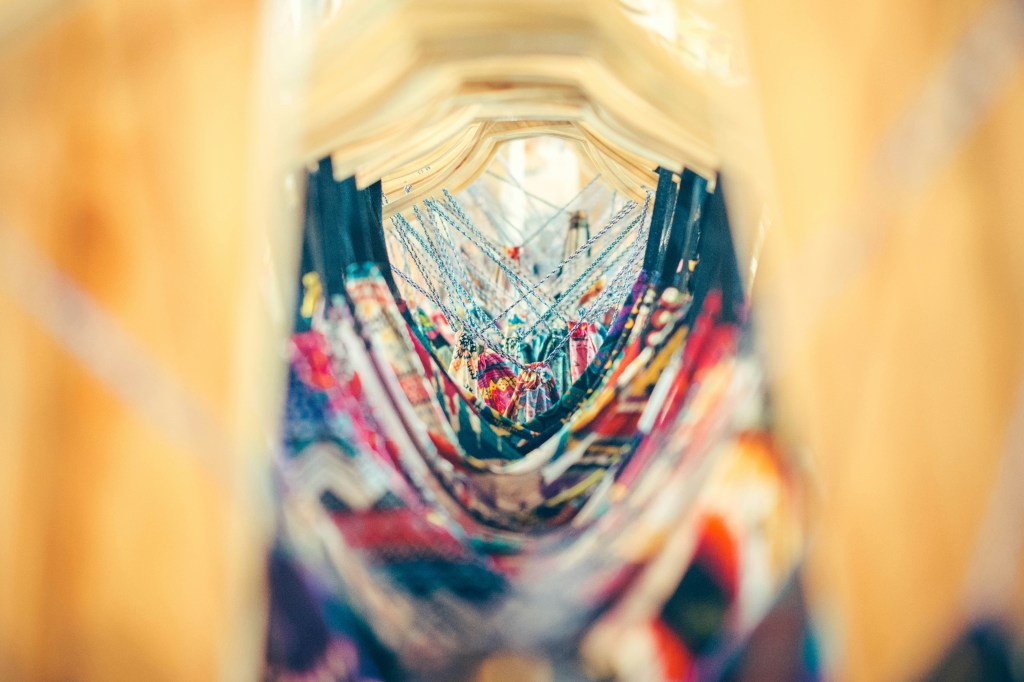In the rich tapestry of global cultures, traditional textiles stand as vibrant threads weaving stories of heritage, identity, and craftsmanship. The challenge emerges when the need for modernization intersects with the desire to preserve the uniqueness of these traditional forms. How do we support traditional textile makers without unintentionally imposing a Westernized lens on their craft?
Our journey begins with humility, recognizing that assumptions can hinder genuine support. Before delving into solutions, let’s acknowledge the importance of starting with an open mind and creating spaces for dialogue with individual artisans (Smith, n.d.)1. Only by understanding their unique needs can we truly support traditional textile makers.
Celebrating diversity is the first step. Traditional textile-making techniques vary widely across cultures, each bearing a distinct aesthetic and cultural significance (Saldaña, 2019)2. From the intricate ikat weaves of Southeast Asia to the vivid Kente patterns of West Africa, the beauty lies in this very diversity. As we seek to support traditional textile makers, it’s essential to embrace and amplify the uniqueness embedded in their craft.

Preserving cultural identity through collaboration is key. Modernization should not equate to the erasure of cultural identity; instead, it should be a collaborative process that integrates contemporary technologies and practices while respecting the essence of traditional craftsmanship (Bruner, 2018)3. Imagine a scenario where mid-1800s technology meets the rich tropical cultures, resulting in a harmonious evolution rather than a forced assimilation.
The danger lies in the homogenization trap, where global influence tends to dilute the distinctiveness of traditional textiles (Ribeiro & Conceição, 2010)4. It’s crucial to resist the urge to conform these textiles into a standardized, ‘modern’ mold. Instead, let’s explore ways to incorporate technological advancements while safeguarding the unique stories and symbolism woven into each piece.
Empowering artisans with technological tools is central to true support (Hassani, 2013)5. Rather than imposing external standards, let’s empower traditional textile makers to engage with modern tools on their terms. This could mean providing access to sustainable and ethical production methods, introducing eco-friendly materials, or even integrating e-commerce platforms to expand their reach without compromising authenticity.
Fostering economic opportunities is another critical aspect. Traditional textile practitioners often face economic challenges, and supporting them means creating avenues for sustainable livelihoods. Engaging in conversations with individual artisans is the first step before assuming their needs. This could involve establishing fair trade practices, connecting artisans with global markets, or facilitating skill development programs to enhance their craft and marketability (Cardona, 2019)6.

Storytelling and cultural appreciation are integral. Traditional textiles are not just fabrics; they’re repositories of cultural narratives. Supporting traditional textile makers requires a commitment to preserving these narratives. Encourage collaborations that allow artisans to share the stories behind their craft, fostering an appreciation that goes beyond the aesthetic.
Learning from history and charting a new course is crucial. The stumbling block of colonial history, where standardization often suppressed traditional dress, serves as a poignant lesson (Fitzgerald, 2004)7. Let’s learn from this history and chart a course that values cultural diversity. The goal is not to westernize but to modernize in a way that respects and elevates traditional textile-making.
Supporting traditional textile makers without westernizing them is a delicate dance of progress and preservation. It demands a nuanced approach that values diversity, empowers artisans, cherishes the unique cultural narratives spun into every textile, and fosters economic opportunities. By starting with conversations and considering our role in these endeavors, we can ensure that the evolution of traditional textiles is a story of collaboration, not erasure.
Footnotes
- M. K. Smith, “Dialogue and conversation,” Infed, https://infed.org/mobi/dialogue-and-conversation/. ↩
- J. G. Saldaña, “Ikat: A Woven Language of Resilience,” International Journal of Fashion Studies, vol. 6, no. 1, pp. 81–100, 2019. ↩
- K. E. Bruner, “Decolonizing fashion: Deconstructing the colonial influence in contemporary African fashion,” Critical Studies in Fashion & Beauty, vol. 9, no. 3, pp. 357–372, 2018. ↩
- A. L. Ribeiro and M. J. Conceição, “The Dynamics of Cultural Globalization: The Myth of the Global Village,” Sociology Compass, vol. 4, no. 4, pp. 233–245, 2010. ↩
- M. Hassani, “Empowerment and Technological Development: A Tool for Sustainable Development,” Journal of Technology Management & Innovation, vol. 8, no. 1, pp. 55–63, 2013. ↩
- A. F. Cardona, “Craftsmanship and Sustainable Development: Challenges and Opportunities in Colombia,” Journal of Textile Science & Fashion Technology, vol. 3, no. 4, 2019. ↩
- T. K. Fitzgerald, “The Impact of Colonialism on African Dress,” DRESS, vol. 31, no. 3, pp. 276–288, 2004. ↩

Leave a comment